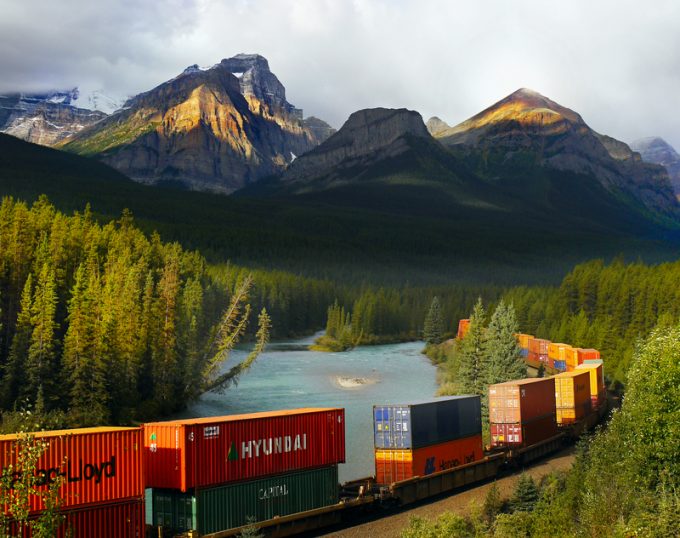Dachser acquisitions make for a successful 2024
Logistics company Dachser has reported significant growth, driven by acquisitions, and eyes Americas and Asia expansion in ...

The balance sheets of Canada’s two class-one rail companies took a hit from Covid-19, but their top brass are upbeat on prospects for the second half of 2020, pointing to signs of strength in several key sectors.
Canadian National (CN) reported a 19% drop in revenue ...

Comment on this article